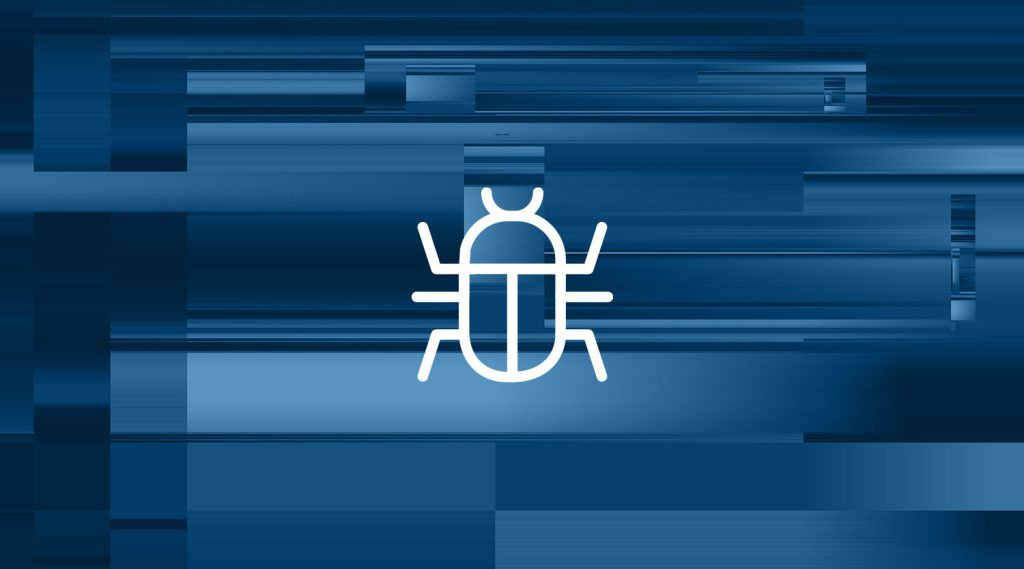Viruses, worms, ransomware, spyware—you’ve heard of these terms but may not know what they mean. Malware is software that was developed to cause damage to devices, systems, networks, and data.
Computer viruses replicate themselves, and worms spread by infecting additional computers. Trojans are stealthy programs that masquerade as something else and grant cybercriminals access to sensitive information like passwords or money.
Viruses
Viruses infect computer systems and steal, damage, or delete data at the hackers’ whim. They can be carried in phishing links, social engineering attacks, backdoor threats, or by exploiting operating system and application vulnerabilities.
They may be spread by email, instant messaging, or infected application downloads. File infector viruses target executable files and wreak havoc by overwriting them; network viruses spread from device to device and consume network bandwidth. A resident virus sets up shop in memory, while a polymorphic one changes its source code to evade detection by antivirus software.
Viruses can also cause data breaches by encrypting valuable data and demanding payment for the decryption keys. These are called ransomware infections. Cyberattackers develop viruses for various purposes, including monetary gain, sending a message, personal amusement, or demonstrating that weaknesses exist. They also use them to test new cybersecurity technologies like artificial life and evolutionary algorithms. Regardless of the reason, these different kinds of malware have a devastating impact on users and organizations. This is why understanding the different types of malware is essential for securing the digital landscape.
Worms
Worm malware spreads independently, usually by exploiting a security hole in an operating system. It can self-replicate, deplete system resources, and disrupt shared network operations. Like viruses, worms can also carry out payload attacks, which modify or delete data and cause more serious damage.
Early hackers created worms to showcase their hacking skills or demonstrate operating system vulnerabilities, but today’s worms are often malicious. They can infect devices in a local area network (LAN), the Internet, or an office LAN using port scanning, spoofing, and brute force.
Fortunately, a top-tier antivirus solution is the best way to prevent worms. Use a firewall and keep operating systems, software programs, and apps updated to the latest versions as soon as security patches are available. Avoid downloading software from unsafe websites or P2P file-sharing networks, and never click on suspicious links or email attachments, especially those sent by friends or colleagues. Observing unusual alerts, behaviour, or changes in your device’s performance can also be signs of a worm infection. Lastly, watch for unused protocols opening ports in your firewall.
Trojans
Trojans perform deceptive functions behind the user’s back, often disguised in downloads for games, tools, apps, and software patches. Hackers use them to access devices, steal personal information, or spread malware infections across systems and networks. Examples of Trojans include spyware programs that track your activities and send logs or data back to attackers, zombifying Trojans that take over a device and make it part of a botnet used to launch distributed denial-of-service attacks (DDoS). These keyloggers record your keyboard activity, send the data back to hackers and dialer Trojans that hijack your phone and send calls to premium-rate numbers to drive up your bill.
Unlike viruses and worms, Trojans don’t self-replicate. Instead, they’re more like the hollow wooden horse the Greeks hid inside during the Trojan War: They usher in other malicious software, or payload, for attackers to exploit. The payload can be anything from stealing your internet browsing history, banking logins and passwords, or personally identifiable information (PII) to ransomware and stealing money from your bank account. Other Trojans include exploit trojans that target holes in a system, rootkits that hide from detection, and downloader Trojans, that can download additional malware onto a device.
Rootkits
Rootkits are software toolboxes that infect computers and allow attackers to control them remotely. These malware strands can hide other types of malware, conceal a computer’s security programs, tamper with or disable them, and steal data.
A kernel-mode rootkit, which works at the highest level of an operating system, is the most difficult to develop and implement. Highly skilled hackers typically develop these.
Cybercriminals often use rootkits to infect devices with an operating system, such as tablets, laptops, and even home appliances. They can also be bundled with malicious programs like keyloggers or Trojan horses.
Keyloggers
Depending on the kind of keylogger software, hackers can use it to capture all keystrokes, periodically take screenshots, record what’s typed into web forms (including passwords and PIN codes), grab your sent emails and instant messaging sessions, and more. The invasive malware also allows hackers to steal confidential data like credit card and bank account information.
Cybercriminals can deploy keyloggers in a variety of ways, including phishing attacks and downloading an infected file from a sketchy website. Hackers hide malicious software in legitimate programs, such as games and applications.
Some types of keyloggers are legal, such as those companies use to troubleshoot technical problems and monitor employees. But other kinds aren’t — and can be used to spy on people without their consent. Keyloggers can also be used in social engineering and espionage attacks.

